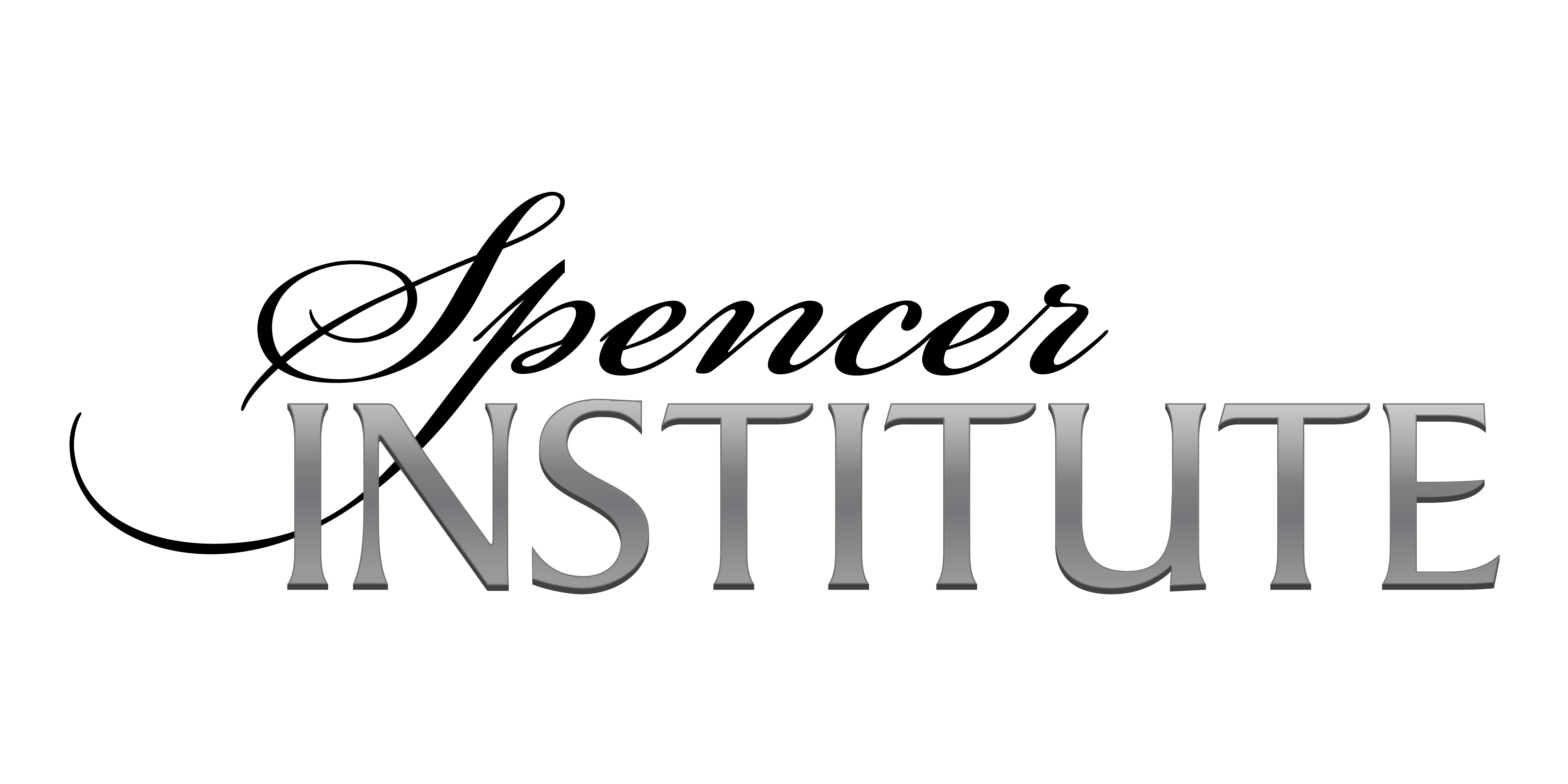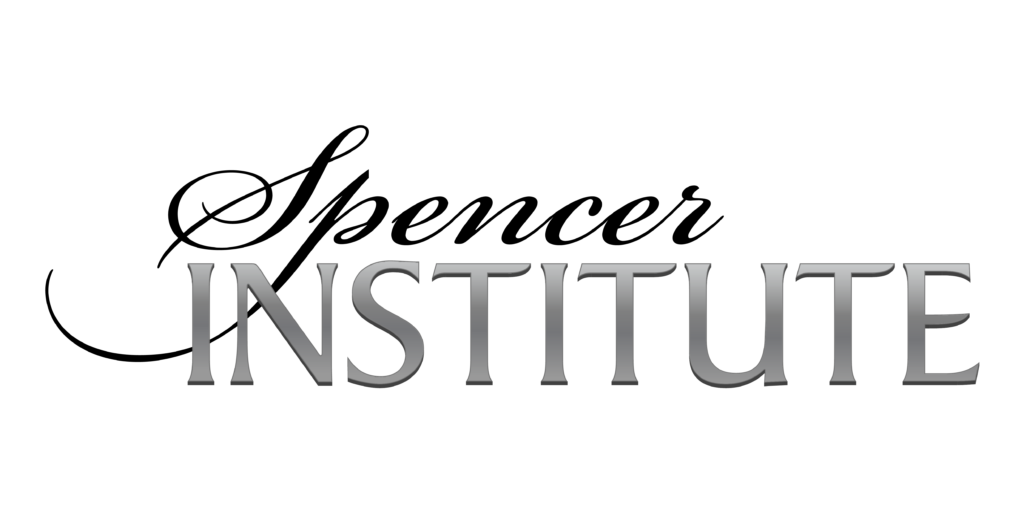
If you’re just starting out as a professional coach, then there’s a good chance that you’re running your ship from home -and if you’ve been at this for a little while, then there’s a fairly good chance that you’ve already taken on water once or twice since you first set sail.
But what do I mean by the term, “taken on water”?
Essentially, I’m talking about those times when you’ve got an unusually large workload, you’re stressed, and you still can’t seem to focus enough to get any real productivity out the last 3 hours, because you’ve been sitting at your desk (or kitchen table), blankly staring at your task manager app …which means that you’re stressing out even more (and we’re supposed to help people with this), because you’re not being as productive as you had envisioned at the start of your day. Over the course of a week, you feel as though you’re trying to use a bucket to bail out the flood in your boat -as more seawater just keeps splashing inside.
Temporarily dispensing with the maritime analogy, the issues that you’re dealing with are common amongst the self-employed; and especially because you’re a fitness trainer, your best productivity happens at the gym with your clients, and not at a desk. So what gives? Why does it seem so hard to get yourself focused, in the zone, and checking off your day’s task list?
Well, some believe that’s just the primary and inherent drawback in working from home.
Home-Based Business: a Disadvantage?
Okay….. let me just say it here and now. MY SUGGESTION IS TO STAY AT HOME. KEEP COSTS LOW. MAKE YOUR LIFE SIMPLE! But, I’m going to give you additional perspectives below. It’s important to learn multiple perspectives. I (JSE) work from home 70% of the time, 5% in the office and the rest on the road.
I digress and we carry on…..
In most cases, quite a few people actually feel less productive when they work from home. Are coaches different? In fact, one British study actually found that 75% of those working from home believe that they’re experiencing less productivity and not more. Of course, I’d want to know exactly what they do, how they do it, who taught them, and howt are they comparing success or happiness, etc.
However, one of the reasons why this could be the case has to do with the that single aforementioned word: feel. They feel less productive, but that doesn’t necessarily mean they truly are. Interestingly enough, conventional offices (not to be confused with co-work spaces), actually can sabotage productivity, according to a post by Christina Desmarais of Inc.com…
“In fact, compared with office counterparts, those working from home made 13.5 percent more calls, quit 50 percent less, and said they were much happier on the job.
“One-third of the productivity increase, we think, was due to having a quieter environment, which makes it easier to process calls,” Bloom says. “At home, people don’t experience what we call the ‘cake in the break room’ effect. Offices are actually incredibly distracting places.”
In light of this study, there’s a very good chance that you’re being more productive now than ever before -except, you’re only feeling unproductive. So, simply relax, take a breather, meditate, think about the things you’ve actually accomplished this week, and have a quick nap if you need one; because you’re probably doing quite well. Your first step is to let go of stress, and allow yourself to focus. After that, do these 3 things, and those feelings of unproductivity should be long gone by supper time.
#3 – Dress For Success
In my experience, I’ve found that one great way to punch holes in the side of my boat is to attempt the workday in ‘lazy Saturday apparel’; and I found later on that there is a very good reason for the resulting detriment to my productivity. Here’s an interesting little snippet from a post on Forbes:
“Research shows your alertness is affected by what you wear. This study found that people wearing a doctor’s lab coat displayed heightened attention. When the same people then wore an identical coat, but told it was a painter’s coat, they weren’t as attentive as when they wore (what they perceived to be) the doctor’s coat. The research found: “The influence of clothes thus depends on wearing them and their symbolic meaning.”
It’s important to think of what you wear, as a symbol. In the same way that a person wearing a doctor’s lab coat would display heightened attention, then there would be a very different (and opposing) mindset if you decided to wear your Saturday morning sweatpants to work. Those sweatpants are a symbol of relaxation. The sportswear that you wear to the gym for when you’re training clients, on the other hand, are a symbol that it’s go-time.
So in that case, you’ll most likely find that you’re more productive at your office if you decided to wear khakis and your company logo-laden sports polo. The point is this: the way you’re dressed is going to be a symbol to yourself; and if you look the part, then chances are, you’ll play the part.
#2 – Stick to Solid Work Hours
It’s one thing to make it to appointments and spend the next 8 hours working with clients; but if yesterday was your business/marketing task day, then it’s not uncommon for self-employed startup business people to get a sense that something was amiss by the day’s end. It feels like you’ve done nothing, yet simultaneously, you know that you had worked all day long. Absolutely maddening, isn’t it?
But what really happened? According to the research that I mentioned above, there’s an even higher chance that you were extremely productive -and you just didn’t feel like it by the time you closed your laptop lid for the night. So what’s the solution to this inner time conflict? Here are 2 tips…
- First, create a normal workday-long schedule, and stick to it. If you don’t get everything done within that timeframe, then chances are, you probably loaded too much on your day’s plate.
- Second, keep track of the time you spend working. You can do this with an app, or just an old fashioned notebook.
You want to be able to get yourself in the zone and ready to go when your workday starts -and exit said zone when it’s time to call it quits. And since you had kept track of your time, then at least now, you’ve got proof that you had, in fact, put in a full-day’s work.
Again, it’s just another symbol, showing that you did everything you could have done, which even provides you with additional feedback on how you can improve future workflows. That’s because you’re not laboring away in a time vortex where 8 hours can feel like 15 minutes, and vice versa.
#1 – Practice the Art of Saying ‘NO!’
This is one aspect of working from home that can often be the absolute most difficult obstacle to overcome. Especially for those of you, who are dedicated, loving moms out there, you will certainly relate to this issue. Here’s an amazingly helpful piece from Women Powering Business, which talks about the problem of dealing with home-based productivity disrupters:
“Consider the downsides:
- The constant interruptions from family members, pets, neighbors who drop in without notice. (So have a dedicated sacred space)
- The expectation that you will be able to promptly complete a variety of household chores (laundry, dishes, cooking, etc.) during the day because you are home.
- The belief that you are more available to be a chaperone for your child’s field trip than someone else who has an outside office to go to.
- The fact that work is always there!
- (You can insert your own sticky points here.)
Recently, I participated in a discussion on an elist of career professionals about one other challenge to working at home – BOUNDARIES! Some of my colleagues had great suggestions on working around this particular issue with loved ones.”
Personally, I thought I had it difficult back in my earlier fitness training startup days -but then again, I’m not a mom. However it’s not always easy to shut out the distractions in a home setting for anybody. But as I’ve already said, you actually deal with more distractions in a workplace setting, as statistics have repeatedly shown. So how does one deal with such a thing? Set boundaries and enforce them, which I call, mastering the art of saying “no”.
I remember the days when I’d lose half of my workday, just because family members, friends, and acquaintances had this idea that just because I work from home -meant that I was always available. The truth of the matter is, we’re not. Those in your life need to understand that you’re working on the clock, just as someone would punch in and punch out …however, in this case… you’re making your own progress and not making progress for someone else’s company.
Also, bear in mind that you need to be able to say ‘NO’ to yourself as well, which is going to be much harder to do. And it’s not that you’ll end up spending the day, watching TV. Instead, you’ll be spending all day working -and tempted to work late into the evening, (which means that tomorrow, you’ll want to sleep until 11am, and you can kiss your circadian rhythm goodbye once you start a downward spiral on that sleep cycle).
Whether you’re a mom, a dad, a young professional, or a newly retired go-getter, my point is simple: set boundaries. When those boundaries face the possibility of being crossed, whether by an outside distraction or by the temptations inside your mind, then stick to your own rulebook and just say ‘no’. Period.
Think In Symbols and Markers
Our ability to focus and gauge productivity is often oriented by the symbols and markers that we establish during our working times. So, dress the part, keep tabs on your time, and keep distractions and temptations out of your time. Remember, you are a coach. Lead by example!
Unless, of course, there’s a real emergency. In which case, don’t worry about your task list for the day. The nice part about working from home is that you won’t need to ask your boss if it’s ok to take your 5-year-old to urgent care, because a fun finger painting activity at school resulted in temporary hearing loss (and painted ears to match).
Well, at least the kid was thinking outside the box. It seems he’s learning from the best.










